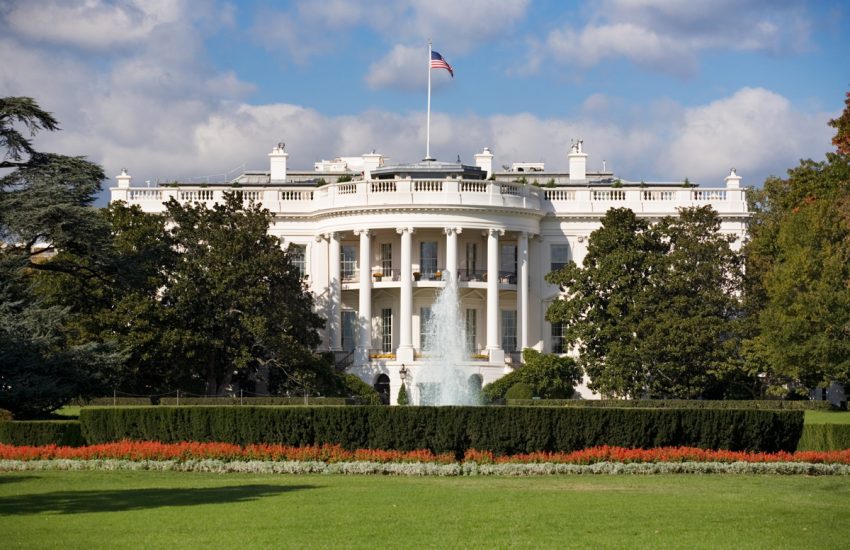The Environmental Protection Agency (EPA) is moving to include natural gas processing (NGP) facilities, also referred to as “natural gas liquid extraction facilities”, to the expanding list of industry groups obligated to report releases of specific chemicals pursuant to the reporting requirements of Section 313 of the Emergency Planning and Community Right-to-Know Act of 1986 (EPCRA), commonly known as the Toxics Release Inventory (TRI).
The TRI requires certain industrial entities that create, manufacture, or otherwise use certain identified chemicals including hexane, hydrogen sulfide, toluene, benzene, …
Continue Reading









